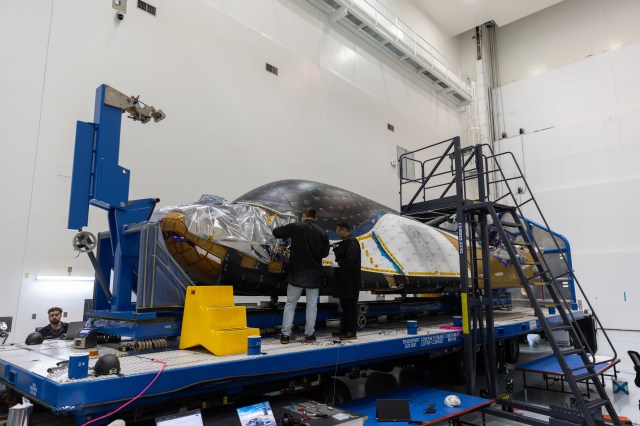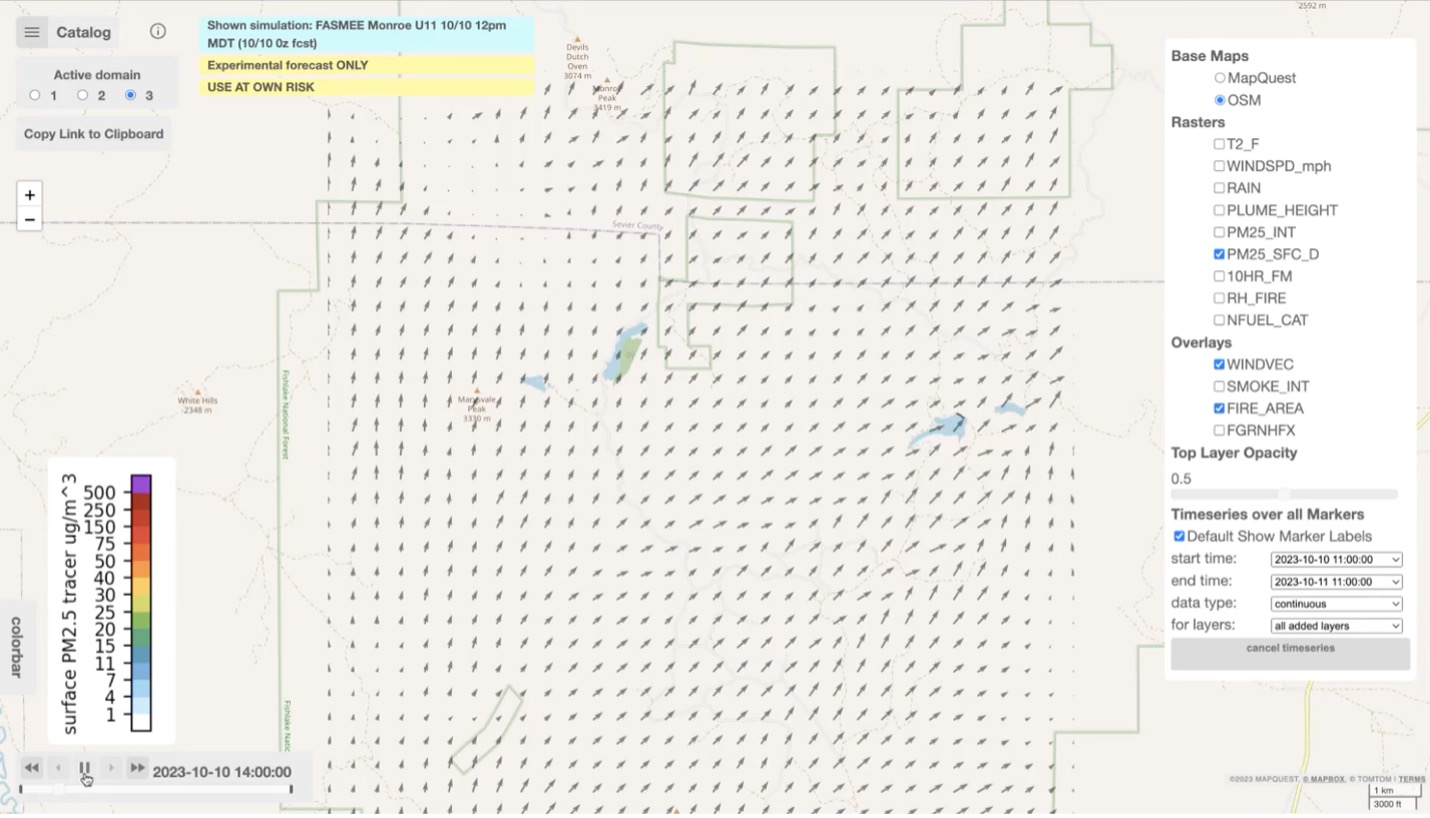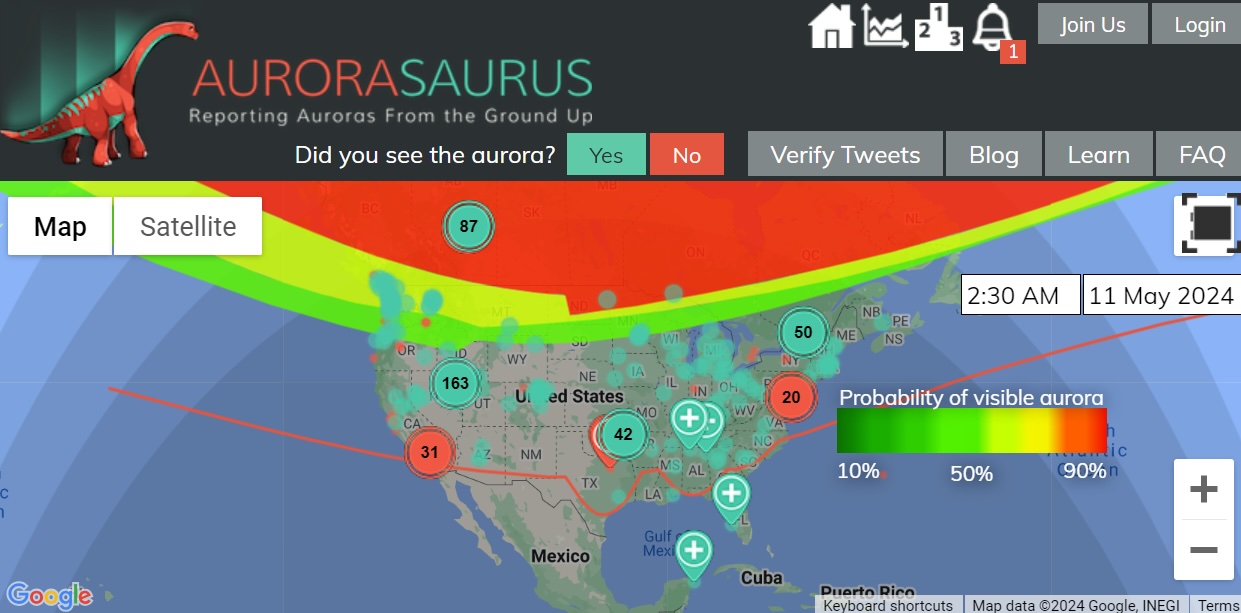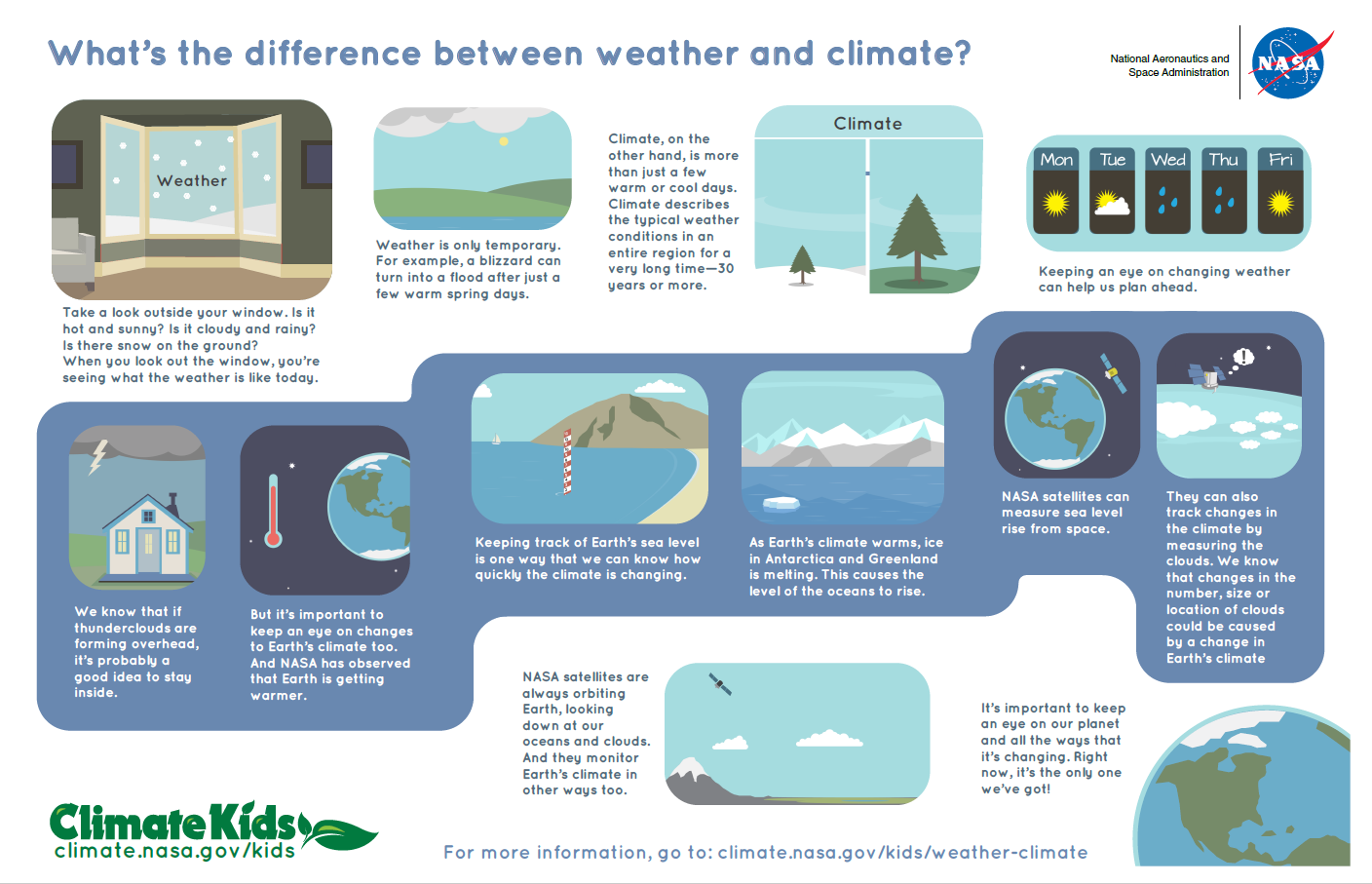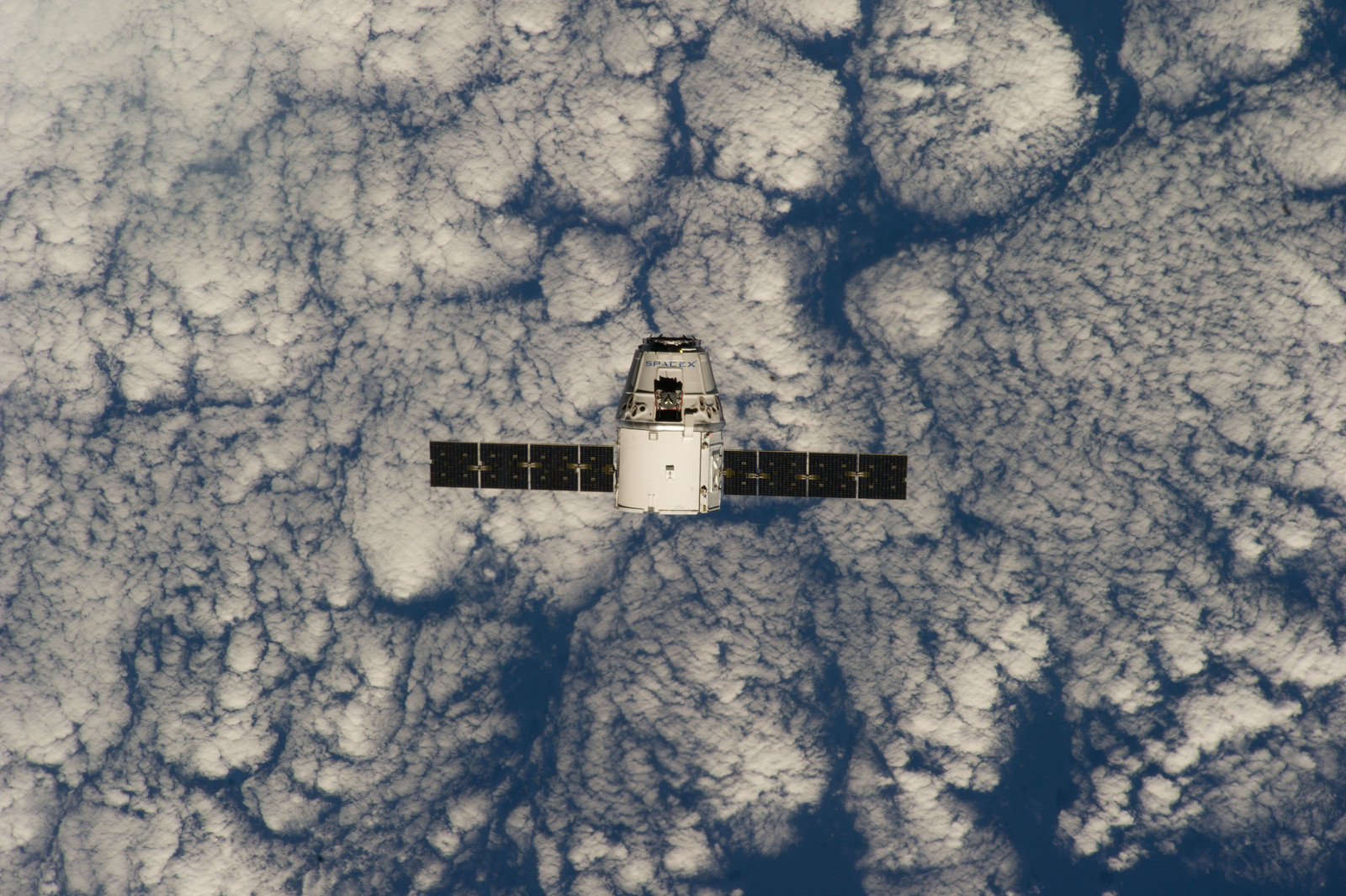Climate Adaption and Resiliency
NASA integrates climate adaptation and resilience considerations into the Agency’s policies, strategies, master plans, and partner engagements. This includes managing enterprise risk and supporting the mission through strategic planning and leveraging internal climate science expertise.
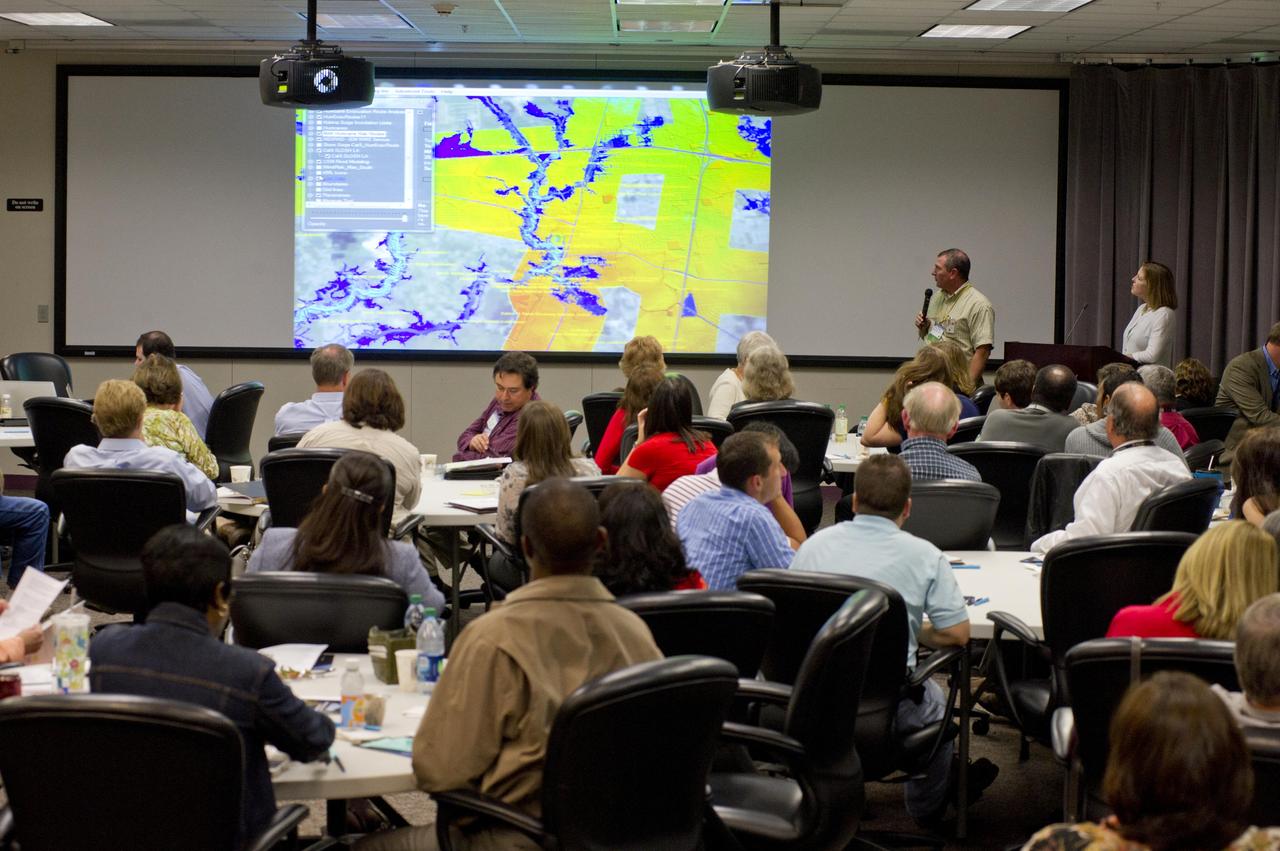
What’s Up?
We are currently completing resilience assessment plans at each Center and working with DOE in developing the agency wide resilience framework under which Center resilience plans will reside.
Priority 1: Ensure Access to Space
NASA designs, manufactures, tests, and launches rockets and payloads into space as part of its core mission. Maintaining access to space is critical to the continued execution of NASA’s mission. The National Oceanic and Atmospheric Administration (NOAA), international partners, and several commercial ventures rely on NASA to provide and support launch and control facilities and activities. NASA will maintain access to space by identifying and, as appropriate, managing climate-related risks to critical launch facilities, supporting infrastructure, and supply chain.
Priority 2: Integrate Climate Adaptation into Agency and Center Master Plans
NASA’s Agency Master Plan (AMP) aligns mission requirements with the Agency’s real property assets, while maintaining a long-term risk mitigation strategy (AMP Goal 4) and implementing sustainability best practices (AMP Goal 5). The 2011 AMP mentions risks due to climate change but does not emphasize or provide specific guidance on how this should be addressed. In 2019, NASA initiated a major revision and modernization of the AMP. The development of the AMP is an iterative process involving close consultation between Agency organizational, functional, and program leadership and its field installations, with a strong emphasis on mission- driven requirements and strategies. The AMP is a resource of information on NASA facility land use, constraints, and opportunities. It is a road map for future development and redevelopment of Agency real property. The AMP serves as a strategy in which future projects and proposals are examined to ensure alignment with the Agency Strategic Plan. Although proposed projects are subject to approval based on evolving NASA mission requirements and the availability of funds, the AMP provides an invaluable internal framework for conducting advanced facilities planning.
Priority 3: Integrate Climate Risks into Risk Analysis and Agency Resilience Planning
NASA is developing an Agency resilience framework (ARF) that will include adaptation to climate change. The framework will be integrated into the AMP and CMPs. The ARF will provide guidance for development of Center resilience plans (CRPs) that will include a process for identifying threats, vulnerabilities, and risks; developing adaptation strategies; and prioritizing adaptation actions. Centers will use mission essential functions, COOP plans, and key objectives as inputs in preparing baseline resilience assessments and strategies for real property, infrastructure, and public lands and waters.
Priority 4: Update Climate Modeling to Better Understand Agency Threats and Vulnerabilities
The Science Mission Directorate (SMD) influences the global climate science community by promoting principles of open data and science that foster more rapid progress in climate adaptation. NASA leads and contributes to the latest climate science, observations, models, and analyses to provide foundational and decisional knowledge in cooperation with many partners.
Global climate models do not provide projections at a resolution necessary to support local decision making. NASA, through the Goddard Institute for Space Studies (GISS) and others, is one of the few government agencies involved in the scientific community that generates downscaled, regional climate projections. NASA will use this climate change knowledge and Agency GIS capabilities to assess exposure, identify vulnerabilities, and develop adaptation strategies to address climate risk, some of which may also have climate change mitigation co- benefits.
Priority 5: Advance Aeronautics Research on Technologies and Processes that Reduce Contributors to Climate Change
NASA’s Aeronautics Research Mission Directorate (ARMD) explores aviation concepts and technologies, some of which support NASA climate resilience. ARMD’s aviation concepts, combined with ESD’s observational data, help NASA and other agencies reduce vulnerability to extreme events and long-term climate change. ARMD research and development of advanced technology and aircraft operations lead to climate change mitigation co-benefits for the global community, including GHG emission reductions through electric propulsion systems, as well as advanced composites and vehicle configurations.





